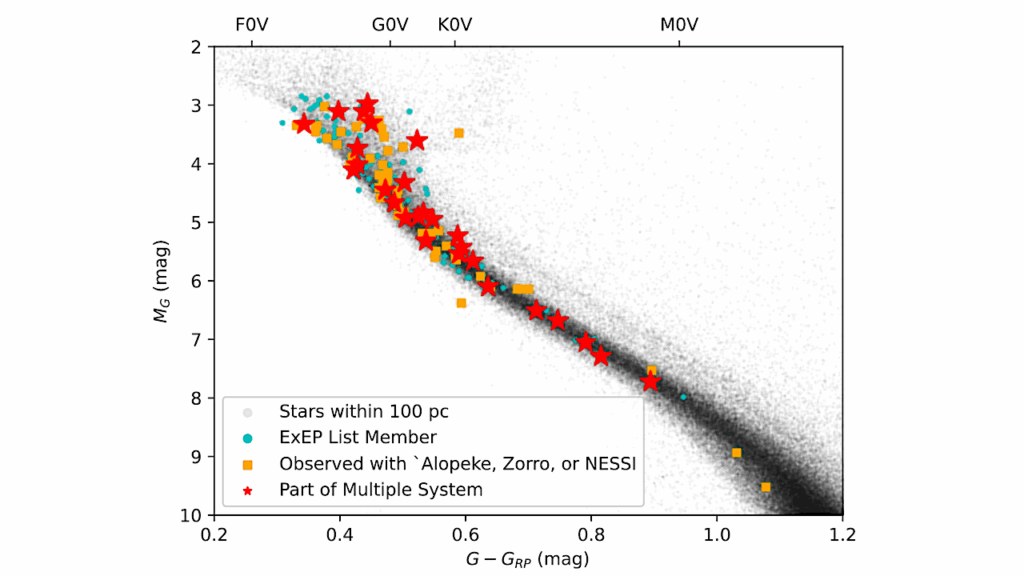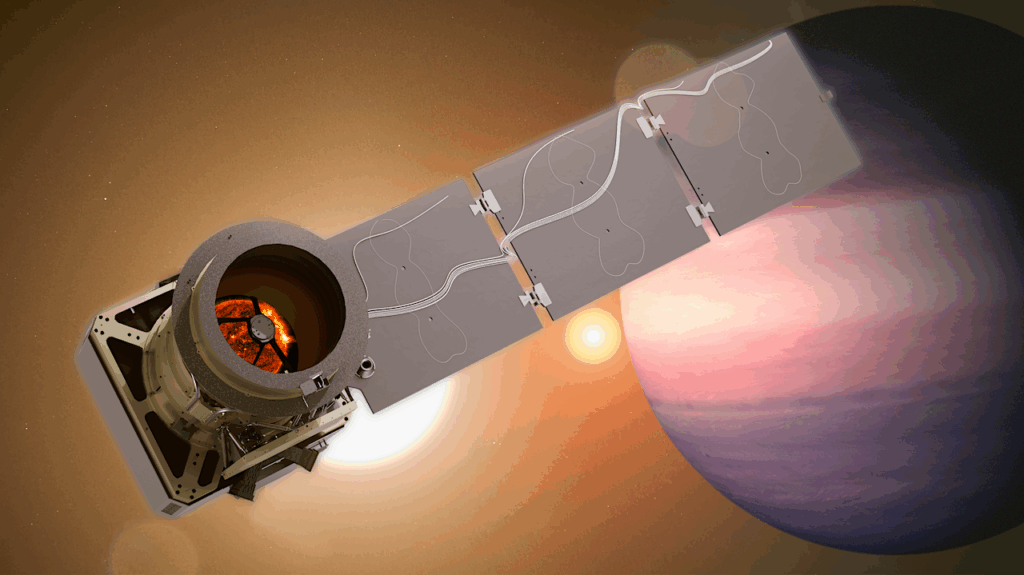CO2 Ocean Bistability On Terrestrial Exoplanets

Cycling of carbon dioxide between the atmosphere and interior of rocky planets can stabilize global climate and enable planetary surface temperatures above freezing over geologic time.
However, variations in global carbon budget and unstable feedback cycles between planetary sub-systems may destabilize the climate of rocky exoplanets toward regimes unknown in the Solar System. Here, we perform clear-sky atmospheric radiative transfer and surface weathering simulations to probe the stability of climate equilibria for rocky, ocean-bearing exoplanets at instellations relevant for planetary systems in the outer regions of the circumstellar habitable zone.
Our simulations suggest that planets orbiting G- and F-type stars (but not M-type stars) may display bistability between an Earth-like climate state with efficient carbon sequestration and an alternative stable climate equilibrium where CO2 condenses at the surface and forms a blanket of either clathrate hydrate or liquid CO2. At increasing instellation and with ineffective weathering, the latter state oscillates between cool, surface CO2-condensing and hot, non-condensing climates. CO2 bistable climates may emerge early in planetary history and remain stable for billions of years.
The carbon dioxide-condensing climates follow an opposite trend in pCO2 versus instellation compared to the weathering-stabilized planet population, suggesting the possibility of observational discrimination between these distinct climate categories.
R.J. Graham, Tim Lichtenberg, Ray Pierrehumbert
Comments: Accepted for publication in JGR-Planets. 19 pages (including references and Tables), 6 figures, corresponding author email: [email protected] http URL
Subjects: Earth and Planetary Astrophysics (astro-ph.EP)
Cite as: arXiv:2210.00149 [astro-ph.EP] (or arXiv:2210.00149v1 [astro-ph.EP] for this version)
Submission history
From: R.J. Graham
[v1] Sat, 1 Oct 2022 00:08:34 UTC (41,626 KB)
https://arxiv.org/abs/2210.0014
Astrobiology,








